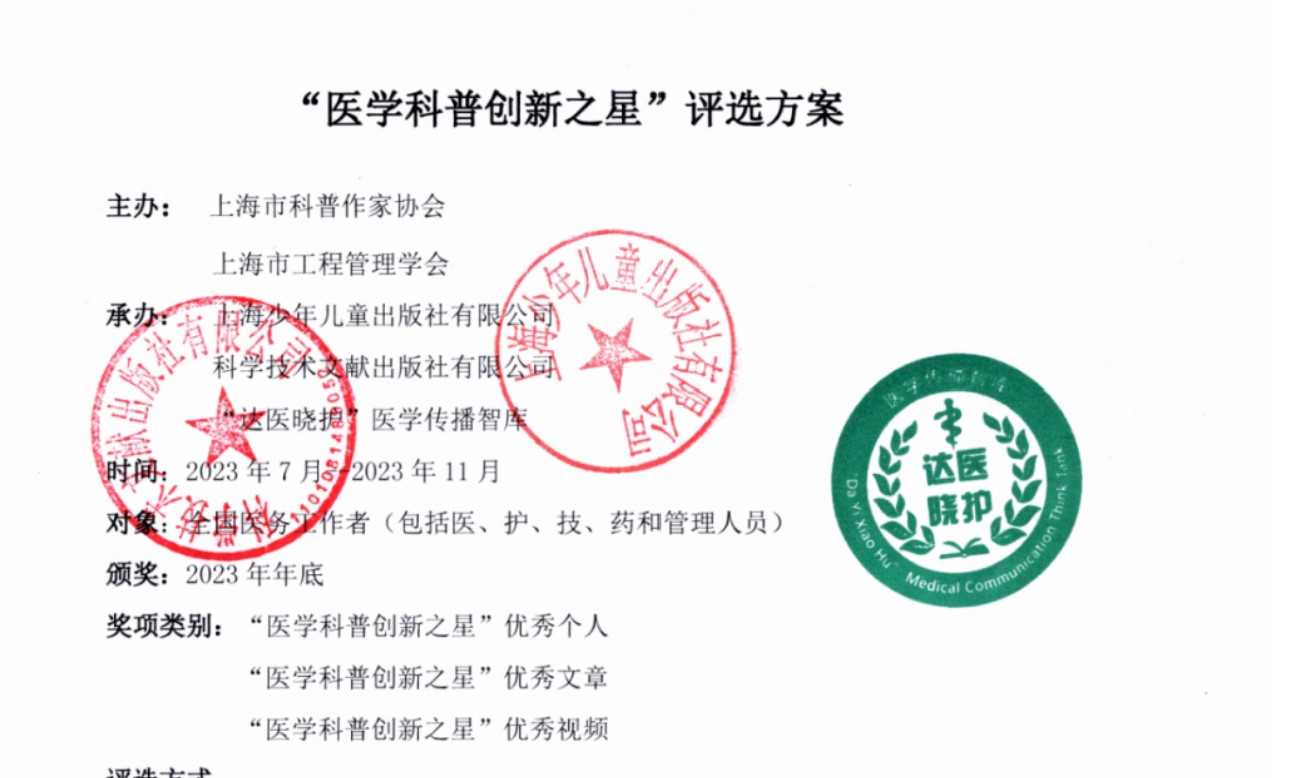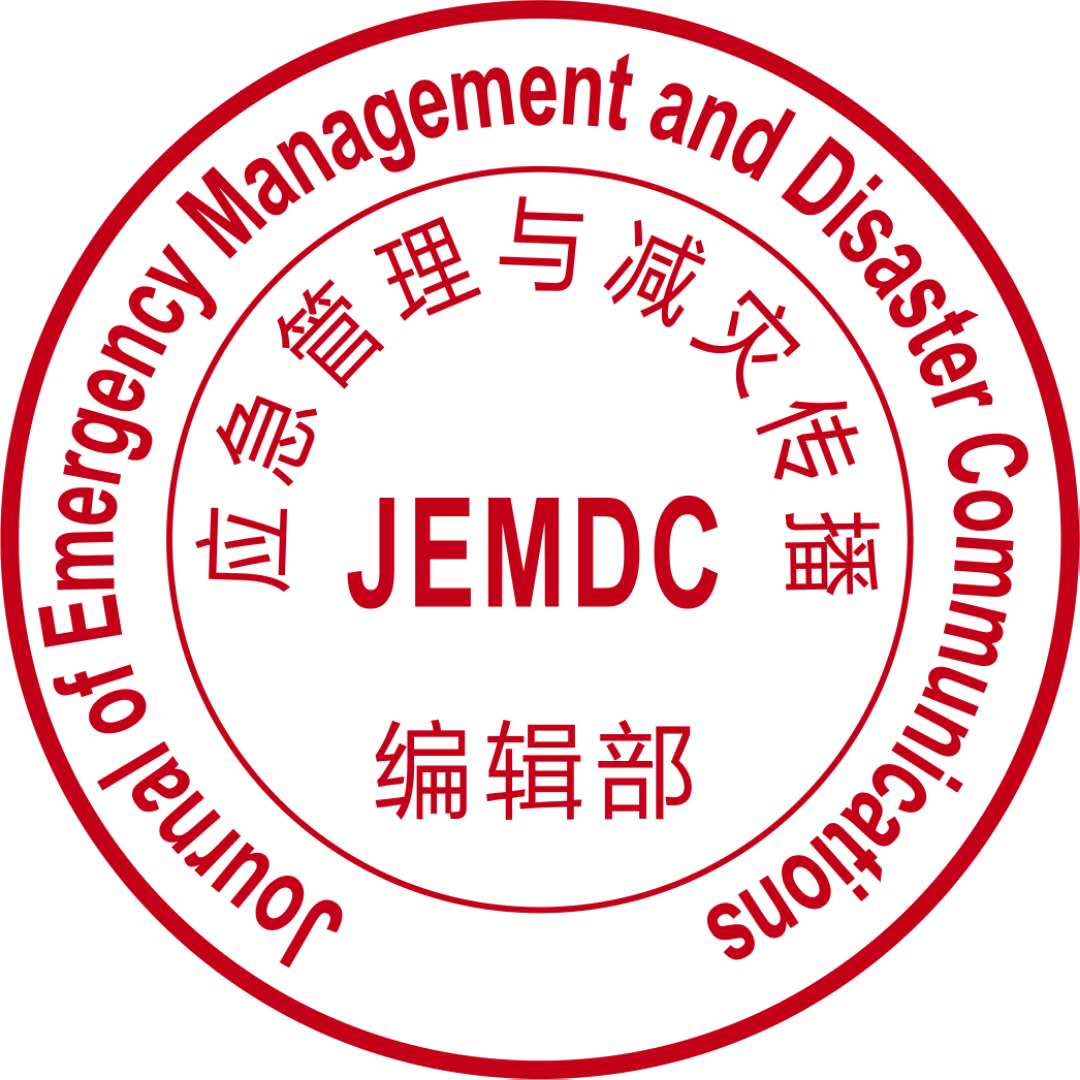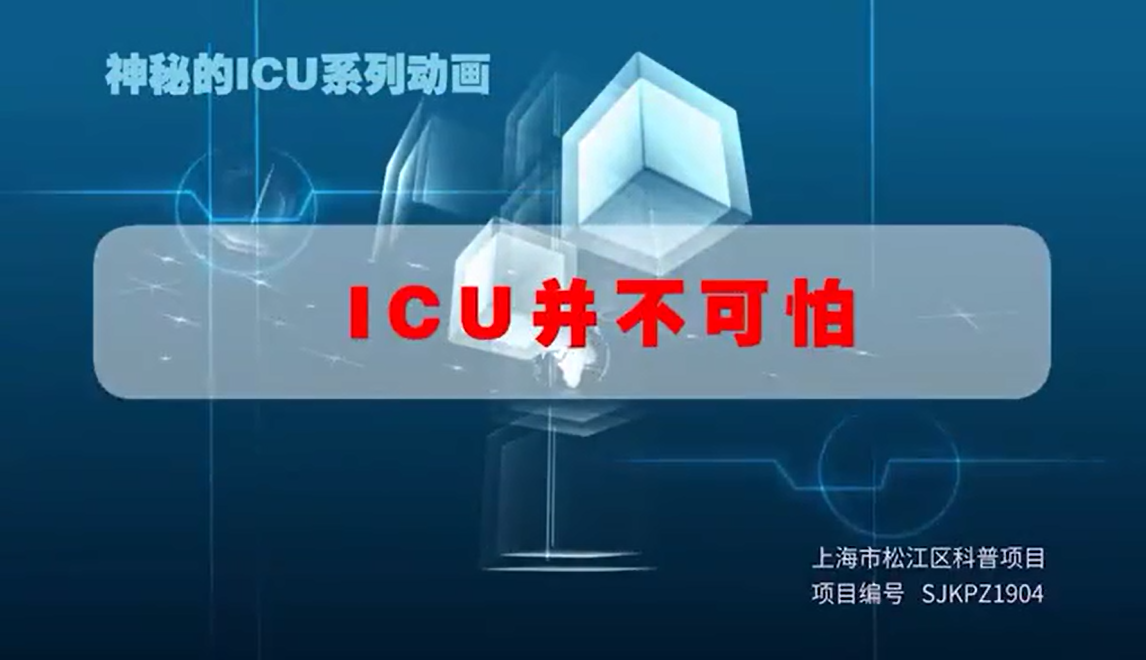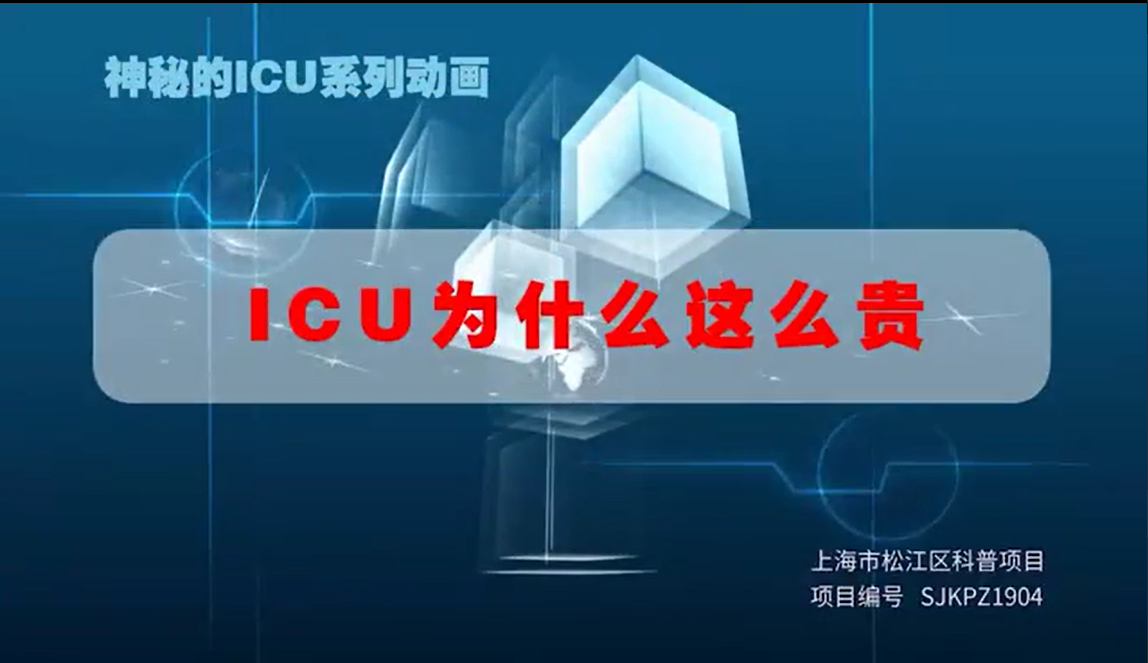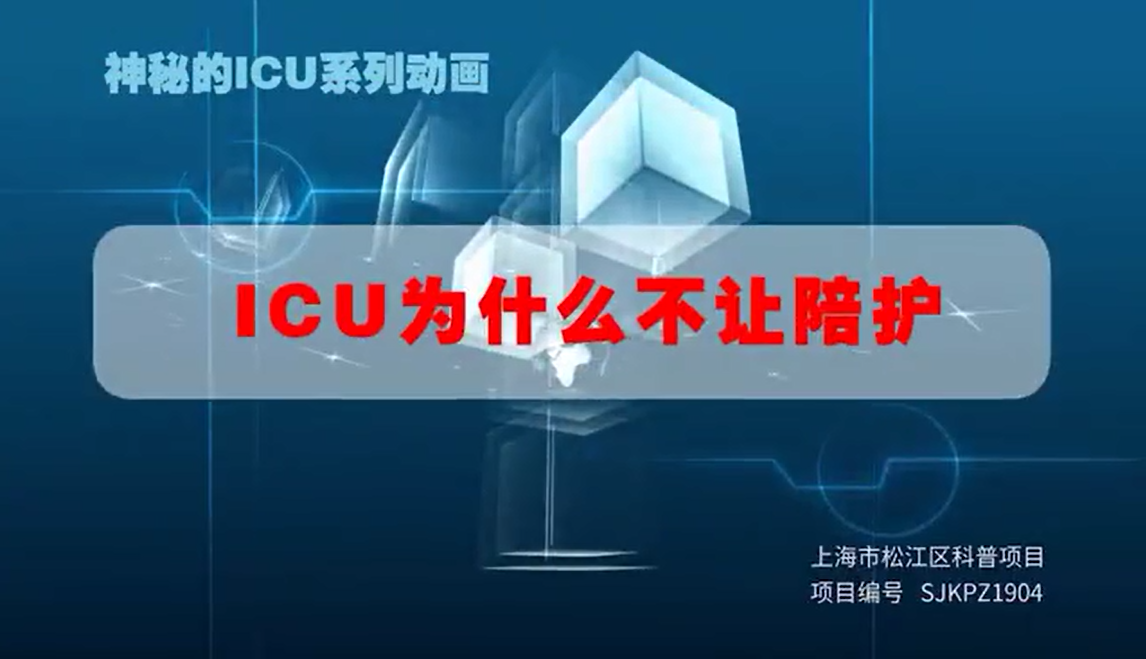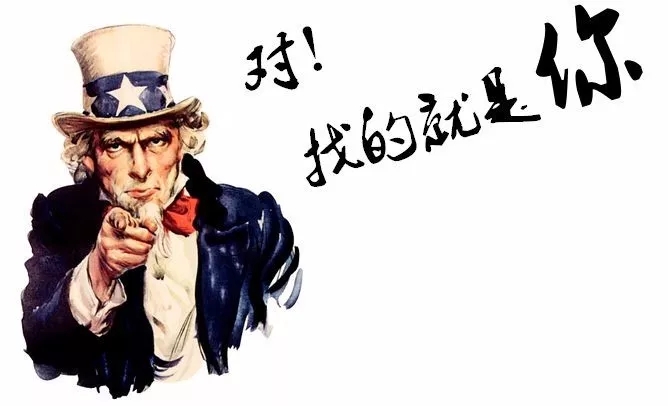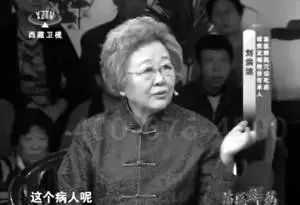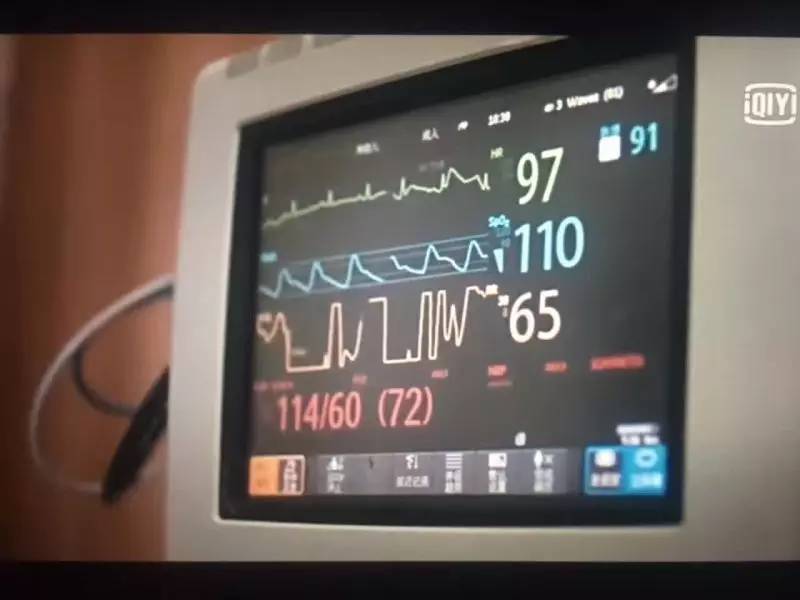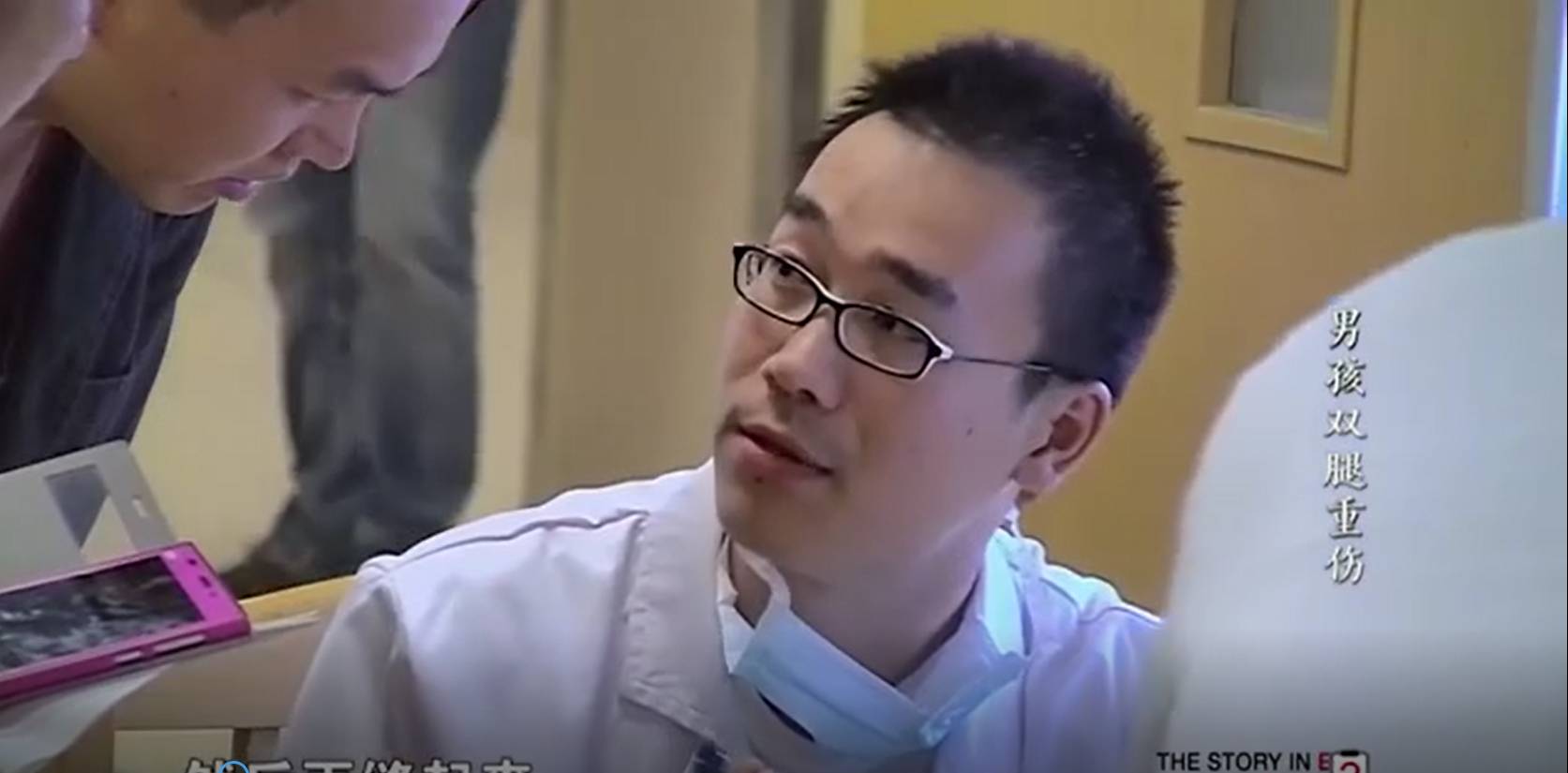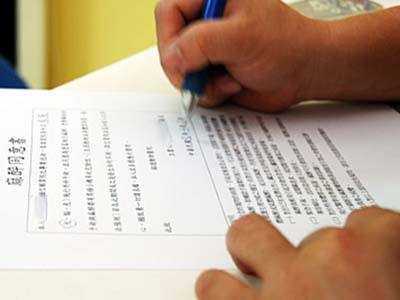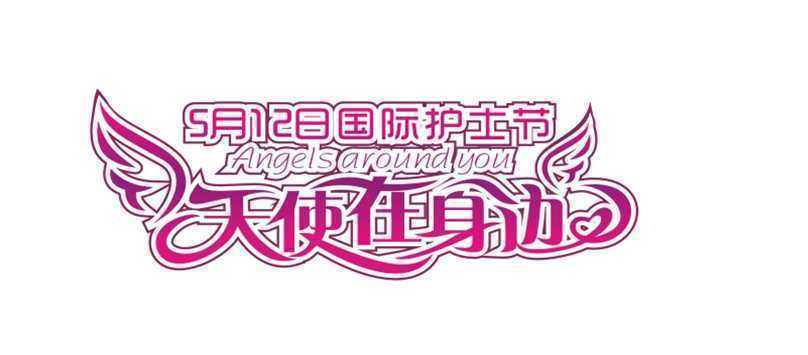这是 达医晓护 的第 1934 篇文章
终于等到你,小天使出生了!带了宝宝回家,每天看也看不够,每一个细小的动作或进步都会让新手爸妈惊奇欣喜不已,但兴奋忙碌之余有时不免有些心里没底,开始纠结和焦虑:
“为什么我家宝宝还不会笑呢?”
“隔壁家的宝宝比我们小,已经会坐了,为什么我们还不会?”
“早教班里一样大的孩子都会叫爸爸妈妈了,我们还是不开口,是否发育落后?”

其实,大家不必过分焦虑,宝宝的发育不是一场比赛,每个小不点都有自己的节奏和个体差异,而且也受周围环境的影响。各个阶段的里程碑都有一定时间段,只要在可允许的范围内,早一点晚一点都正常,不代表早的孩子就特别聪明,晚一些的就资质平平。了解宝宝的发育规律可以有助于我们更好地陪伴孩子健康快乐地成长。
鉴于此,我们为新手爸妈们准备了这样一个系列的科普供大家参考,定期更新,介绍宝宝从出生到学龄期各阶段发育的表现,以及在日常生活中怎么帮助和促进宝宝的发育。本次的主题是从出生到3月龄的正常发育轨迹,如何促进宝宝的发育, 以及在什么情况下需要引起重视去看医生。
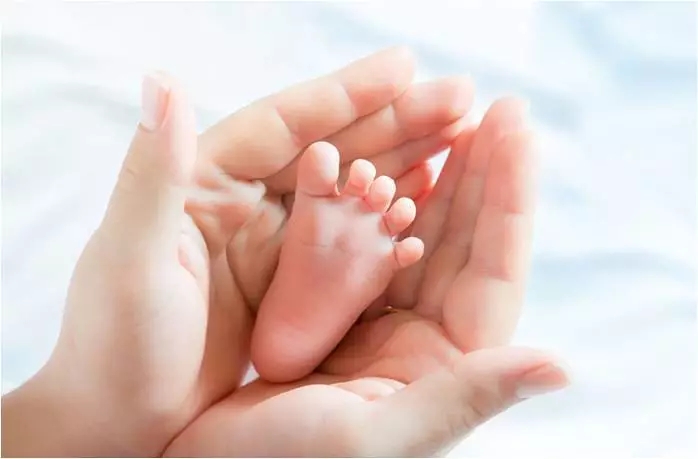
出生-1月龄
刚出生的宝宝在前三个月的主要活动目测是吃吃喝喝,睡睡,和要人抱抱。但其实,当你每天和他在一起的时候,宝宝通过视觉,听觉和触觉来感知这个世界,促进大脑生长发育。
宝宝可能已经和你有目光接触了,会用眼睛来追视你的脸,在这个年龄,你的脸是宝宝觉得最有趣的事情。他会喜欢看颜色对比鲜艳的玩具,比如红色,黑色和白色,或者蓝色,黄色和橙色。另外他也会喜欢画有脸部形状,或者带有旋涡或格子图案的玩具。满月的孩子会对你的声音有反应,并且知道这是你说话的声音,但有时候听到声音会有惊跳的行为。
尽管宝宝有时会有眼神交流来告诉你,他想得到你的注意,但是主要的沟通方式还是哭声,比如在他需要你的时候,会啼哭或干嚎。除了哭以外,还会发出一种细小柔和的喉音。
在俯卧位趴着的时候,宝宝也许会短暂地抬一下头,,或者仰卧位会把头转向一侧。这会帮助她看到周围更多的东西以及你所在的位置。宝宝小手经常握紧拳头,有时你将手指放入小儿手掌中,他也会握住。
Birth- 1month:
Cuddling, sleeping, and feeding are what’s all about in the first three months. Your baby is also learning a lot as you spend time together every day. His brain is growing and developing as he sees, hears and touches the world around her.
Your baby might be able to follow your face with his eyes. Around this age your face is the most interesting thing to your baby. He’ll also like looking at toys with contrasting colors like red, black and white, or blue, yellow and orange. Your baby will enjoy toys with faces or patterns like swirls or checks. Your one-month-old can hear you and knows your voice, but she might sometimes startle when she hears you or another sound.
Although eye contact is one way your baby tells you he wants your attention, your baby communicates with you mostly through crying. For example, he’ll cry if he needs you and he might also make throaty noises.
Your baby might lift her head briefly when she’s lying on her tummy or turn it to the side when she’s lying on her back. This helps her see more of what’s around her and where you are. Sometimes your baby will hold your finger, but most of the time he’ll keep his hands in a tight fist.

1月龄-2月龄
在这个阶段,大多数宝宝可能会有较多的啼哭和吵闹,别担心,这是发育阶段中正常的现象,随时间推移而好转。每个宝宝的情况不一样,通常在6~8周达到高峰,12~16周左右开始慢慢减少。
和小宝贝一起度过了头一个月以后,她已经和你有了紧密的联系,能认出你并对你的声音有回应和微笑。从第6周开始,她开始出现有自发性地微笑。
宝宝的视力对可以看到45厘米以内的物体。当你在旁边走来走去的时候,他的眼睛会随着你走动而左右以及上下转动。2个月的孩子对声音更为敏感,当你对她说话时,她会注视你,保持眼神接触。并且语言能力也随之增强,能发出数个单元音,比如a,O 等元音。
在不经意间,宝贝同样在运动能力方面也有进步。在俯卧位趴着的时候,抬头并转头,甚至于胸部可以离开床面。
宝宝现在开始发现她的手指和手,有一半的时间她的小手会部分打开。如果你把一个拨浪鼓塞在她手里的话,她会握住抓牢。她可能也会将两只小手握在一起。
1-2 months:
Around this time, most babies might cry and fuss more – this is a normal part of development and will pass in time. Every baby is different, but crying and fussing usually peaks around 6-8 weeks and starts to settle at around 12-16 weeks.
Your baby has made a strong bond with you already – she recognises you and responds to your voice and smile. She has even started smiling herself from about six weeks old.
Your baby can see objects about 45 cm away. He’ll watch you move around now, following you with his eyes from side to side as well as up and down. Your two-month-old is more alert to sound and will look at you when you talk to her. She’s also more vocal and making single vowel sounds like ‘a’ or ‘o’.
You might not realize it, but your baby is getting better at moving. When he’s on his tummy, you might see him lift his head and turn it from side to side. Your baby might even lift his chest off the ground.
Your baby has also discovered she has fingers and hands! By now she’ll have her hands open half the time and can hold onto a rattle when you put it in her hand. Your baby might also hold both hands together.
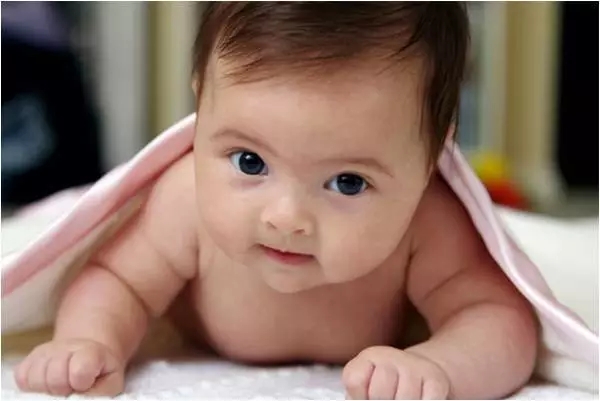
2月龄-3月龄
现在宝宝会用眼睛追视你,并喜欢对你微笑,当你对她说话时,她甚至可能会发声附和你。宝宝开始仔细观察物体,比如小的积木和玩具,他的眼睛会跟着看到的物体呈环状或弧形移动。
宝宝开始用新的途径和你交流,比如,当她饥饿时的哭声可能和疼痛时的哭声不一样。当然,宝宝还是继续会用脸部表情以及肢体语言来和你交流。宝宝可能会开始笑出声音,到3个月时,甚至能开始发出「咕咕」声。宝宝开始有表现出他的情绪,诸如感兴趣,厌恶,悲伤,和愉悦等。
现在宝宝能将双手握在一起,大多数的时候小手是打开的。手眼协调能力开始发育,宝宝开始尝试同时使用手和眼睛,甚至可以用手够到你的脸,或者挥舞着他的手尝试去抓一个物体。
在俯卧位趴着的时候,她可以用两手前臂支撑自己,自己抬头45度。在仰卧位或俯卧位,会伸腿和踢腿。如果将她竖抱成立位,比如在地上或者你的大腿上,她会尝试用腿站立。
2-3 months:
At this age your baby might follow you with her eyes and enjoy smiling at you. When you speak to her, she might even echo you back. Your baby is starting to look more closely at objects like small blocks and toys, and his eyes can follow objects moving in a circle or in an arc over his head.
Your baby is starting to communicate with you in new ways. For example, her cry when she’s hungry might be different from when she’s in pain. She’ll still use facial expressions and body language to try to tell you things too. Your baby might start laughing. By three months she might even start to ‘coo’. By now your baby is probably showing emotions like interest, disgust, distress and enjoyment.
Your baby can probably bring his hands together. His hands will be open most of the time now. He’s also starting to use his hands and eyes together and might even reach for your face or swing his hands towards an object.
When your baby is on her tummy, she might rest on her forearms and lift head to 45 degree. She might stretch out her legs and kick when she’s on her tummy or back. If you hold her in a standing position – for example, on the floor or in your lap – she might try to stand on her legs.
如何促进宝宝的发育?
1. 和宝宝对视
如果宝宝看向你,要回视她,这对建立你们之间的情感联系很重要。如果宝宝看向别处,那就是意味着她看够了需要休息。
2. 对宝宝微笑
当宝宝看到你的微笑,会让他感觉愉快,舒适,和安全,而且这对建立你和宝宝之间的亲密情感联系很有帮助。
3. 陪宝宝玩
可以帮助宝宝的大脑发育和认知这个世界,并且可以加强你和宝宝之间的紧密亲情联系。当你和他一起玩的时候,宝宝会感觉到被爱和安全。每天进行这样的活动,也可以帮助宝宝熟悉声音和单词。这样可以帮助他的语言和社会交往发育。
·有很多种方法和宝宝一起玩,宝宝喜欢儿歌童谣,给他唱朗朗上口的儿歌,比如“一闪一闪亮晶晶”之类;
·简单的游戏最适合小婴儿,比如对着他聊天,挠痒,数脚趾头;或玩躲猫猫的游戏;宝贝喜欢看着你的脸,做鬼脸,微笑,大笑,转动眼睛,或者伸舌头,换尿布正是这种面对面嬉戏最好的时候;
·让宝宝触摸各种质地的物品,比如柔软质地的玩具,捏捏叫玩具,拨浪鼓,或不同质地的材料组成的布书,对宝宝来说都是很有趣,感知不同的东西会帮助宝宝了解这个世界;
·让宝宝看到各种各样的物品,比如室内的,室外的,不同的人,或者不同的房间。
4. 对宝宝说话
你可以尝试和宝宝说话并等待他的回应。你也许是要等一会儿,但你会惊讶于宝宝居然会说这么多。这样就是给宝宝示范,对话交谈是需要轮流,倾听,以及回应的。也可以尝试给他读故事,越早越好,但要记得把书拿的近一点,因为新生儿只能看清的距离大概只有20-30厘米。
5. 练习俯卧位
每天要给宝宝练习俯卧位趴在肚子上玩。这样可以增强头部,颈部,及上肢的力量,并且练习抬头。同样这样的活动也在为宝宝以后的爬行和站立锻炼肌肉。另外,在俯卧位也可以让他从不同的角度看周遭的事物。
·在出生后的数周内,每天在不同的时间让宝宝练习俯卧位趴着总共1-5分钟,可以分为2-3次,每次1-2分钟。随着年龄的增长,可以逐渐增加到每天10-15分钟。
·在宝宝旁边放一些能吸引他的安全的玩具和物品,当着宝宝的面把这些东西从一边移到另一边,可以鼓励他移动,抬起以及转动他的头部。
·当宝宝趴着时,坐在旁边翻书或杂志,可以锻炼宝宝的目视能力并吸引注意。可以对他说话,唱歌,抚摸背部,挠挠小手,让宝宝有安全感,知道你就在身边。
·在宝宝身边放一块摔不碎的镜子,这样她就能看到自己的样子。
·尝试在不同的地方练习俯卧位趴着,比如家里地板上,户外毯子上,你的胸腹部或大腿上。
·需要注意的是,宝宝在俯卧位的时候要有人时刻看着,保证安全。在睡觉时要把宝宝翻回到仰卧位。
6. 给宝宝做按摩
按摩是加强你的宝宝之间情感联系的好方法,宝宝会感到被呵护和被爱。在他脾气不好吵闹的时候, 按摩也同样可以帮助宝宝放松和舒缓,按摩可以在温暖的房间,宝宝洗澡以后进行。
在什么情况下需要引起重视去看医生
在这篇短文开头我们就说了,每个小宝宝的发育都会遵循他独一无二的轨迹,有些方面会早些,有些方面会晚些,在可允许的一定范围内这是正常的,但我们怎么判别宝宝是正常的晚些还是会落后呢,大家可以参考以下列出的满3月龄的需要重视的警示信号。
·在头部控制能力方面没有任何进步
·对较响的声音没有任何反应
·没有微笑或对你的声音没微笑
·没有追视
·不会抓握物体
Helping baby development in the first 3 months
1. Look into your baby’s eyes:
If your baby is looking at you, look back. This is important for bonding with your baby. When your baby looks away, she’s letting you know she’s had enough and needs a rest.
2. Smile at your baby:
When your baby sees you smile, it makes him feel good, safe and secure. It also helps build attachment to you.
3. Play with your newborn:
This helps your baby’s brain to grow and helps him learn about the world. It also strengthens the bond between the two of you. Your baby feels loved and secure when you play with him. Doing these things every day also helps your baby get familiar with sounds and words. In turn, this develops language and communication skills she’ll need when she’s older.
·There are many ways you can play with your newborn, babies love nursery rhymes. You can sing songs like ‘Twinkle twinkle little star’.
·Simple games are best for newborns. Try chat, tickle, count toes, or play games like peekaboo. Your newborn loves watching your face. Make faces, smile, laugh, roll your eyes or poke out your tongue. Nappy-changing is a great time for face-to-face play.
·Give your baby all kinds of objects to feel – soft toys, rattles or cloth books with pages of different textures are lots of fun for your baby. Feeling different things helps your baby.
·Give your baby different things to look at – outside, inside, different people or different rooms.
4. Talk to your baby:
Talk or make sounds with your baby, and wait for her to respond. It might take a little while but you’ll be surprised at how much your baby has to ‘say’. This shows your baby that conversations are about taking turns, listening and responding. Try reading with your baby, it’s never too early to start. Remember to hold the book close – newborns can see only about 20-30 cm in front of them.
5. Tummy time:
Give your baby tummy time each day. This builds your baby’s head, neck and upper body strength and practice holding up his head. Your baby needs these muscles to lift her head, crawl and pull herself up to stand when she’s older. Tummy time also lets him see things around from a different point of view.
·In the first few weeks, try tummy time for 1-2 minutes, 2-3 times a day. Your baby can build up to 10-15 minutes, several times a day.
·Place safe and attractive objects and toys close to your baby. Move them from side to side in front of his face. This encourages him to move, lift and turn his head.
·Get down on the floor next to your baby. Turn pages in picture books or magazines. This develops baby’s eye strength and keeps her interested. Talk, sing, stroke his back or tickle his hands. These make your baby know you’re there.
·Put a non-breakable mirror next to your baby so she can see her reflection.
·Try tummy time in different places, like on the floors, outdoors on a blanket, or on your lap.
·Always watch your baby during tummy time and put him on his back to sleep.
6. Baby massage:
Baby massage is a great way to connect with your baby. It can also be relaxing and soothing if your newborn is cranky. Try it in a warm room after baby has had a bath.
Red flags by age 3 months:
As we mentioned previously, every baby is unique. Your baby might reach some developmental milestones ahead of schedule and lag behind on others. This is normal. Here are some red flags that need to be aware for the developmental delay by age 3 months:
·Hasn't shown any improvement in head control
·Doesn't seem to respond to loud sounds
·Doesn't smile at people or the sound of your voice
·Doesn't follow moving objects with his or her eyes
·Doesn't grasp and hold objects
作者:澳大利亚墨尔本大学医学院儿科博士
百汇医疗(中国)儿科医师
蒋本然
延伸阅读
部分图片摘自网络,如有侵权请告知,予以删除。






 收藏
收藏
 赞
赞

